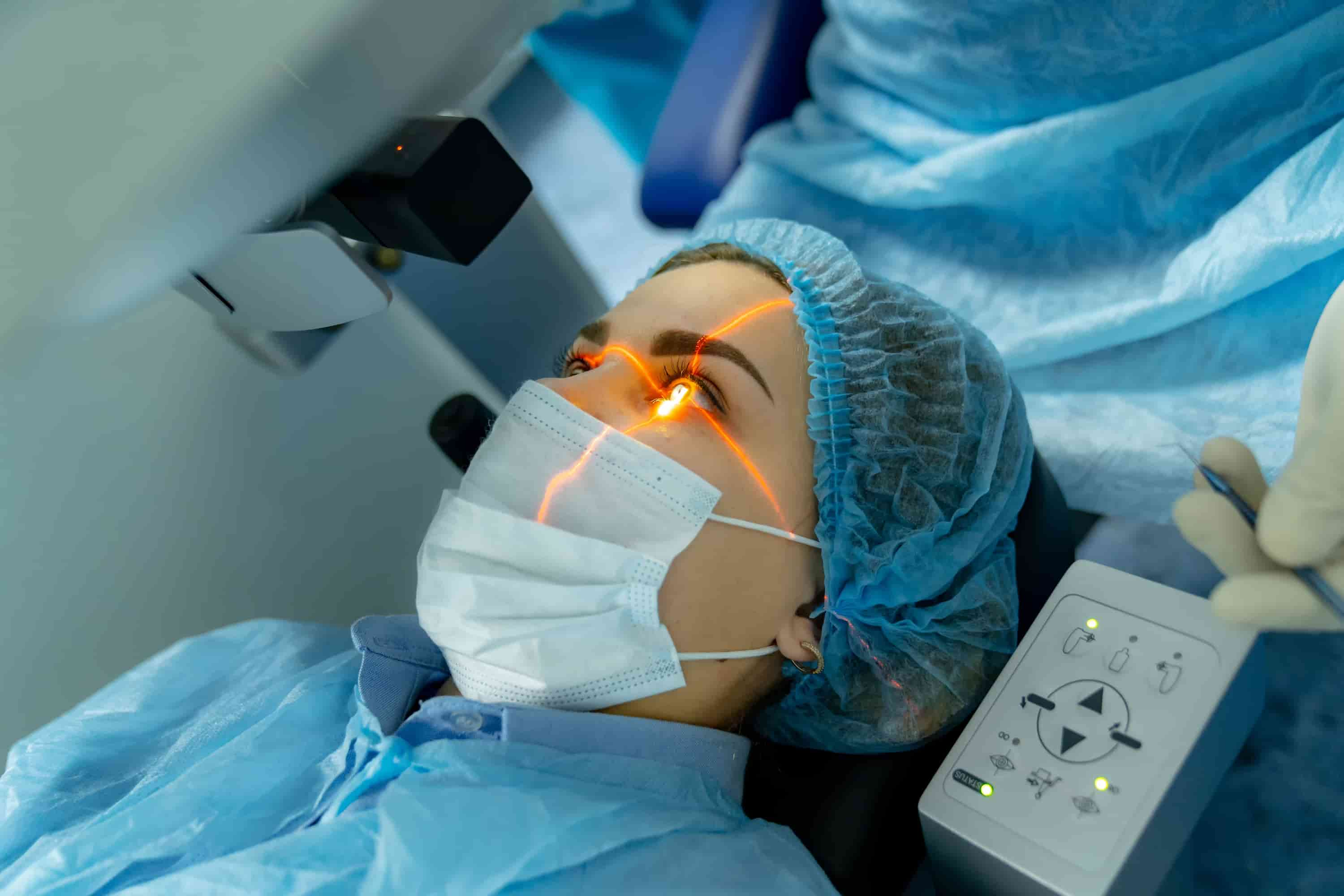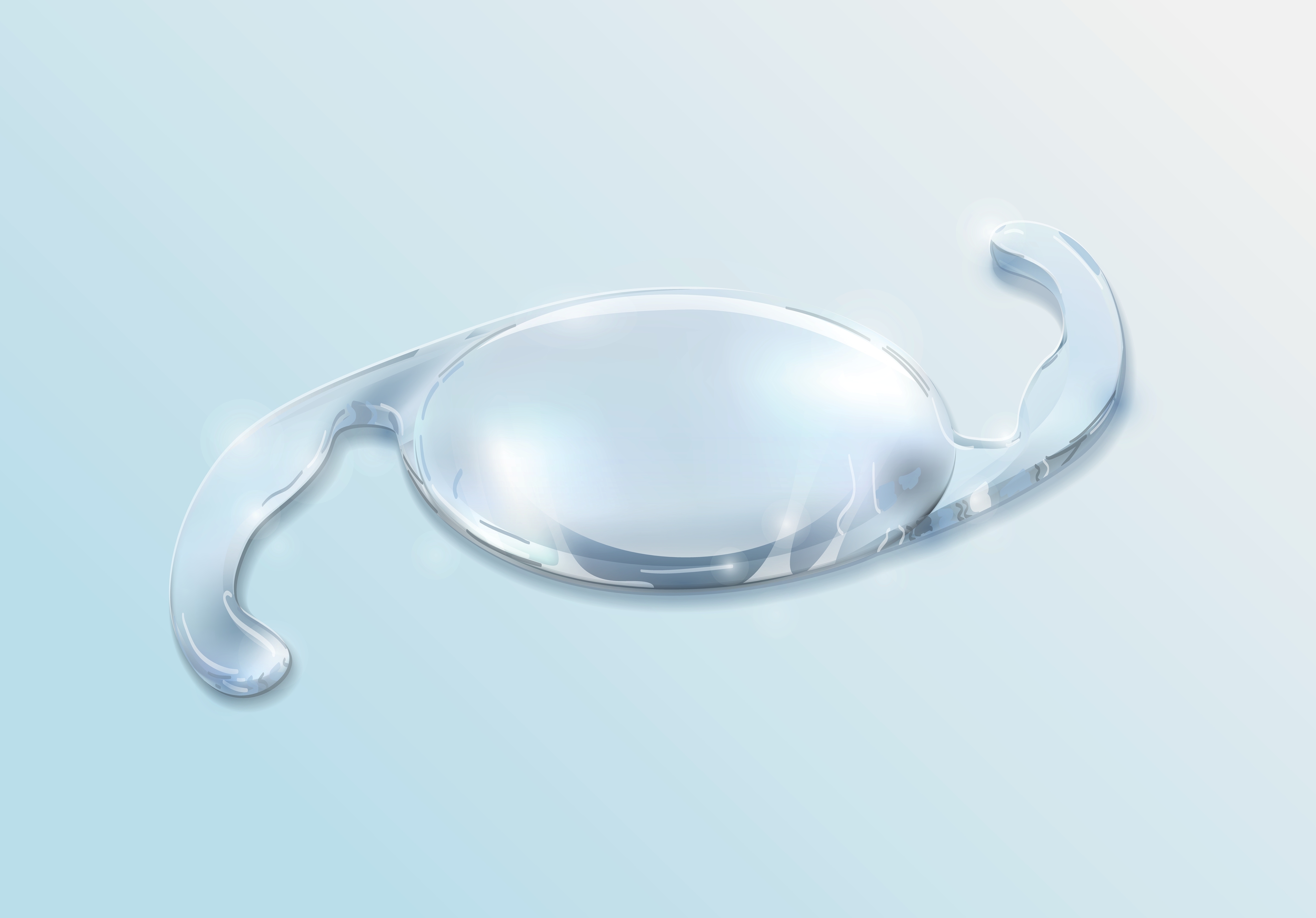
PRK or LASIK
In recent years, laser assisted in situ keratomileusis (LASIK) and photorefractive keratectomy (PRK) have emerged as two of the most common forms of refractive procedures performed to correct vision issues such as myopia, hyperopia, and astigmatism. These refractive procedures are performed on the cornea, which is the clear, transparent layer of the eye. In both surgeries, the cornea is reshaped in an effort to improve the patient’s vision; however, the processes involved and the amount of time necessary for recovery are distinct from one another depending on which surgery is being performed. In this post, we will discuss the primary differences that exist between PRK and LASIK, with the intention of assisting you in determining which procedure is more likely to yield the best results for you. The purpose of this post is to help you determine which operation is likely to yield the best results for you.
The Food and Drug Administration (FDA) of the United States gave its blessing to the first laser eye operation, which was called photorefractive keratectomy (PRK). During the PRK process, the epithelium, which is found on the cornea’s outermost layer, is destroyed with the use of a laser. Thereafter, the deeper layer of the cornea is reshaped using the same laser. Due to the fact that the epithelium needs time to grow back after the treatment, the recovery time that follows PRK may be lengthier than that which follows LASIK.
PRK or LASIK procedure?
In recent years, laser-assisted in situ keratomileusis, more commonly known as LASIK, has overtaken photorefractive keratectomy (PRK) to become the most common form of corrective eye surgery. PRK stands for photorefractive keratectomy. The surgical treatment known as LASIK begins with the development of a microscopic flap in the cornea using a microkeratome or a femtosecond laser. The flap is then lifted, and the cornea is then reshaped using another laser. Following this step, the flap is repositioned such that it covers the wound in the same manner that a natural bandage would, which expedites the healing process.
One of the most important distinctions between PRK and LASIK surgery is the level of discomfort that patients experience in the days following the operation. Patients who undergo LASIK treatment often experience less pain than those who undergo PRK surgery. Due to the fact that PRK involves removing the cornea’s outermost layer, patients frequently feel heightened pain and discomfort during the first few days of recuperation after the treatment. In addition, in order to hasten the recovery process, those who have PRK performed on their eyes may be asked to wear a bandage contact lens for a number of days after the procedure.
Can You Do PRK After LASIK?
Patients who receive LASIK, on the other hand, report experiencing less pain and suffering after the treatment, and their recovery period is typically shorter than that of patients who get PRK. Patients who undergo LASIK also tend to have better visual outcomes than those who undergo PRK. Nonetheless, after having LASIK therapy, it is possible for some people to have dry eyes or halo symptoms near lights for several weeks or months after the procedure.
Another important variation between the two treatments is the degree to which one’s vision can be improved after undergoing PRK as opposed to LASIK, which is one of the most common questions people have about the two surgeries. LASIK is able to treat a larger spectrum of refractive mistakes than PRK, including higher levels of myopia, hyperopia, and astigmatism. This is the primary reason why LASIK is often advised for patients who have lower levels of refractive defects. PRK, on the other hand, is reserved for people who have less severe degrees of nearsightedness or farsightedness.
The decision between photorefractive keratectomy (PRK) and laser-assisted in situ keratomileusis (LASIK) will ultimately be based on a variety of different factors, including the special needs and preferences of the individual patient. If you have a greater level of refractive defect or would prefer a faster recovery period, LASIK may be the better option for you. There are two main types of LASIK: flap-based and blade-based. Laser assisted in situ keratomileusis is abbreviated to LASIK for short. If, on the other hand, the degree of refractive defect in your eyes is not as severe or if you would rather have a different procedure, you can opt for laser refractive surgery.
You may be a good candidate for photorefractive keratectomy (PRK) if you are willing to continue with a longer recovery time and are able to bear more discomfort during the initial phase of your recovery.
The Study of PRK or LASIK
A recent clinical study published in the Journal of Ophthalmology compared the visual outcomes and patient satisfaction between photorefractive keratectomy (PRK) and laser-assisted in situ keratomileusis (LASIK) procedures. The study involved 500 patients with varying degrees of refractive errors. The results indicated that while both PRK and LASIK were effective in improving vision, LASIK patients reported a slightly faster recovery time and a higher overall satisfaction rate in the early post-operative period. However, the study also found that PRK may be a preferred option for individuals with specific needs, such as those with thinner corneas or certain corneal irregularities. This research highlights the importance of considering individual factors when choosing between PRK and LASIK.
Which Is More Expensive, PRK or LASIK?
Both photorefractive keratectomy (PRK) and laser-assisted in situ keratomileusis (LASIK) are effective and risk-free surgical procedures if they are performed by an ophthalmologist who has both the necessary training and years of experience. Before selecting a choice, it is essential to consult with a specialist in refractive surgery because this will enable you to establish which choice is the one that is the best match for your specific needs and goals.
In addition to PRK and LASIK, other types of refractive operations are now accessible, such as LASEK, Epi-LASIK, and SMILE. These procedures are used to correct refractive errors in the eye. In order to correct refractive problems in the eye, these treatments are carried out. Each surgical procedure comes with its own set of advantages and disadvantages, and the one that will be most suitable for you will be determined by the specifics of your personal situation.
Healthy Türkiye Notes
In conclusion, laser-assisted in situ keratomileusis (LASIK) and photorefractive keratectomy (PRK) are two prevalent forms of refractive surgery that are used to effectively treat visual disorders such as myopia, hyperopia, and astigmatism. When performed by an ophthalmologist who is both qualified and experienced, both procedures have a good chance of being successful while remaining risk-free. The two operations are distinct from one another, though, in terms of the approaches that are used and the amount of recuperation time that is required. If you are considering having refractive surgery, you should consult an expert as soon as possible. This will allow the expert to assist you in determining which strategy would be the most appropriate for your individual needs and goals, so you can move forward with your decision to have the procedure.



